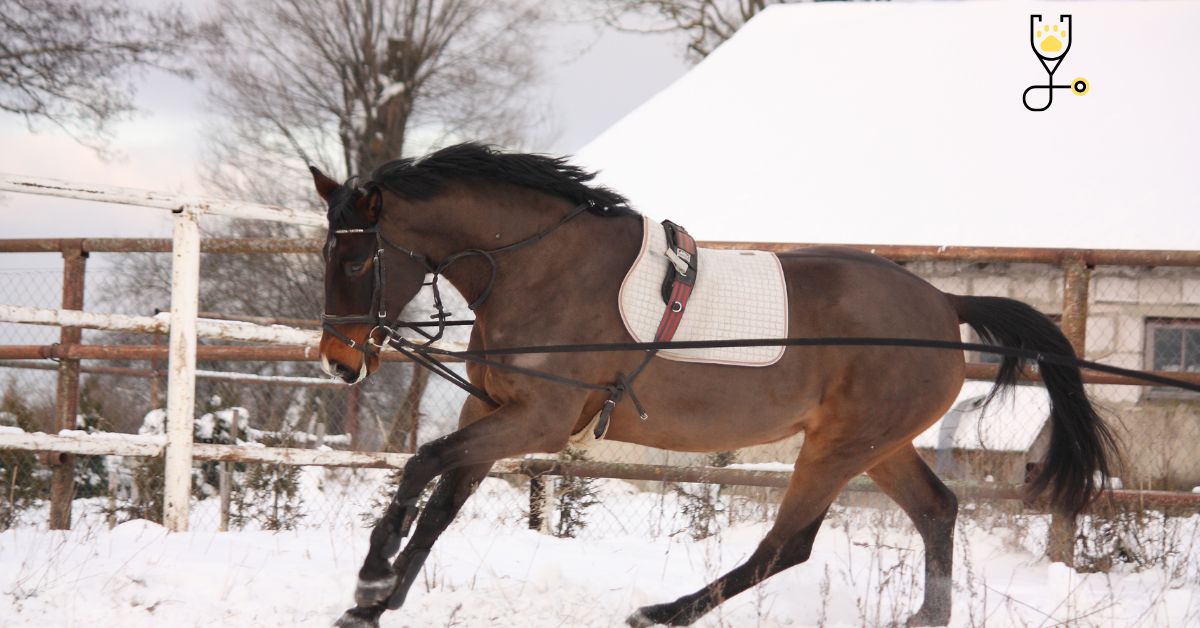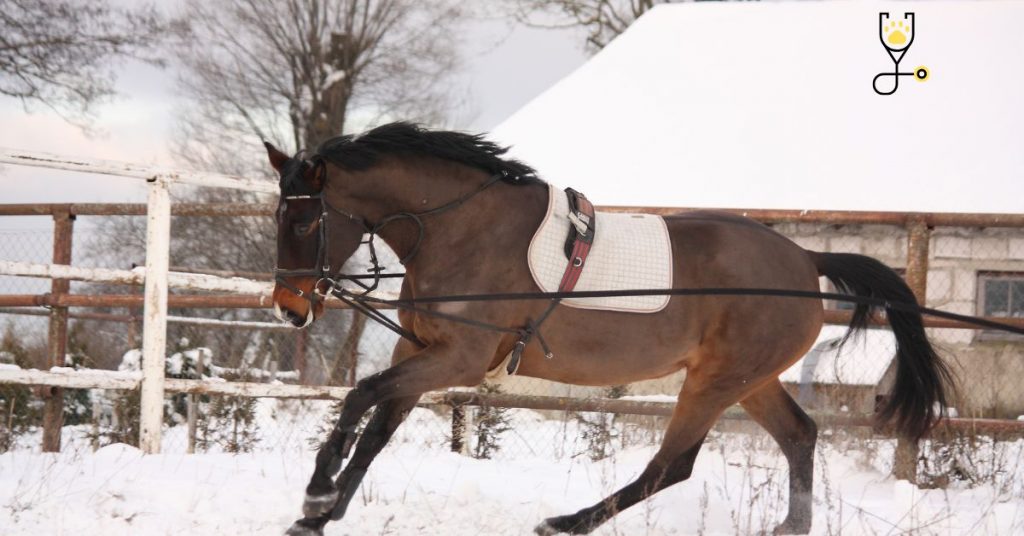Anyone who owns or works with horses knows that lunging is an important part of training and conditioning them. It’s a versatile tool that can be used for many different purposes, from teaching a young horse how to move properly to rehabilitating an injured horse. But what are some of the more interesting or unusual ways to use lunging? Here are seven examples to get you thinking…
What Is Lunging?
Lunging is a method of riding where the horse circles around the trainer in a long line, usually at the walk and sometimes at the trot. It allows the horse to get exercise without being ridden so it’s often used when someone else needs to ride and you don’t want your horse to be too tired after a lesson. When done properly, lunging can help with conditioning, balance, engagement, and even basic behaviors like backing up or side passing.
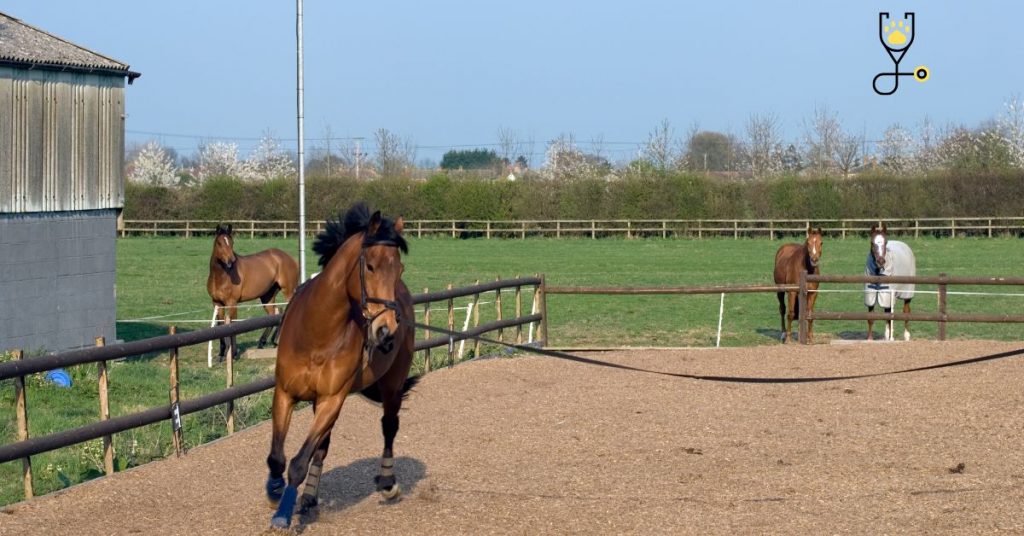
7-Interesting Ways To Lunge Train Your Horse
1. Pattern Lunging
Pattern lunging is an excellent way to help a horse build attention span and focus while helping the rider build consistency in their cues. Create a pattern with your arena markers or cones, such as circles, squares, diamond shapes, or figure eights, and have your horse follow the pattern as you direct them from the ground.
2. Long Reining
This is also known as driving. It’s basically walking your horse on a long rein from the ground without a saddle or bridle. The reins are held firmly but lightly, allowing you to give subtle commands to ask for different gaits and directions. Long reining can be used to teach balance and collection and to improve riding aides for horses that are being ridden as well.
3. Turn on the Forehand
This is a great way to help your horse build confidence in tight or enclosed spaces, or when asked to move laterally with precision. Have your horse stand square in the middle of the arena. Then ask them to make small steps sideways away from you while turning their hind end towards you (turn on the forehand). As they begin to understand this exercise, ask for larger and more precise turns.
4. Lateral Flexion
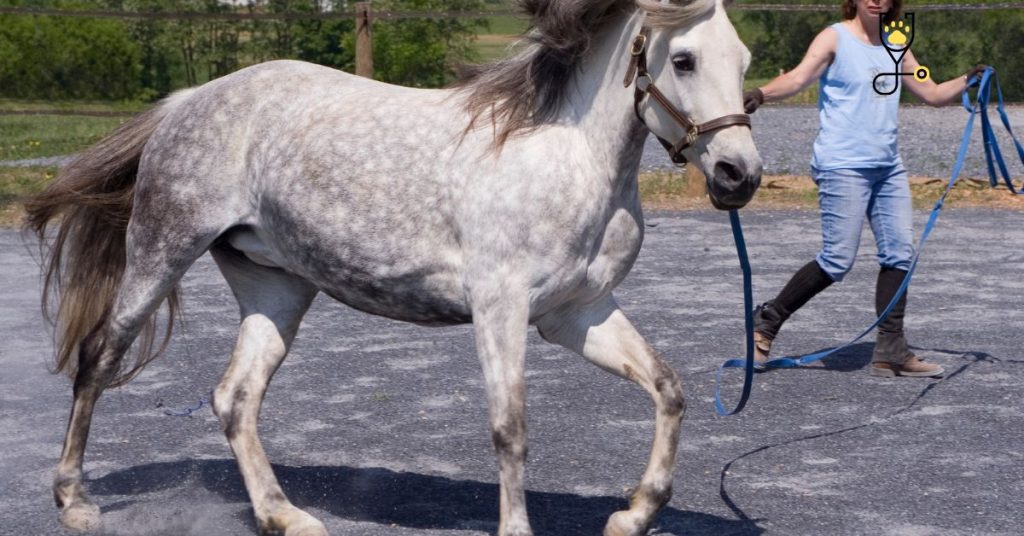
Use lateral flexion during lunging to strengthen and stretch your horse’s spine and neck muscles. Start by asking your horse to turn its head away from you at the poll, then add small circles within each step. Increase both the size of the circles and the amount of flexion until your horse is comfortable with them.
5. Ground Pole Exercises
Ground poles are a great lungeing tool, as they can help you work on straightness, rhythm, and balance with your horse. Set up ground poles in different shapes to make them more interesting for your horse. Once they’re confident with walking through them, add trotting (with or without canter lead-up) or jumping over small cross rails between two poles.
6. Lunge Line Liberty Work
This is an excellent way to teach self-carriage and build confidence in young horses or those coming back from injury or illness. Attach a long line to your horse’s halter and encourage them to move freely around the arena at their own pace. Take care to ensure that you correct any mistakes with a gentle tug on the line so that they maintain balance and rhythm without relying too heavily on your cues.
7. Backing Up
The importance of backing up correctly cannot be overstated! Ask your horse to back up for a few steps during each lunge session, starting slowly and gradually increasing the length of time they spend backing up. This helps them build muscle memory, teaches straightness in the hind end, and develops a good response to rein aids while being ridden.
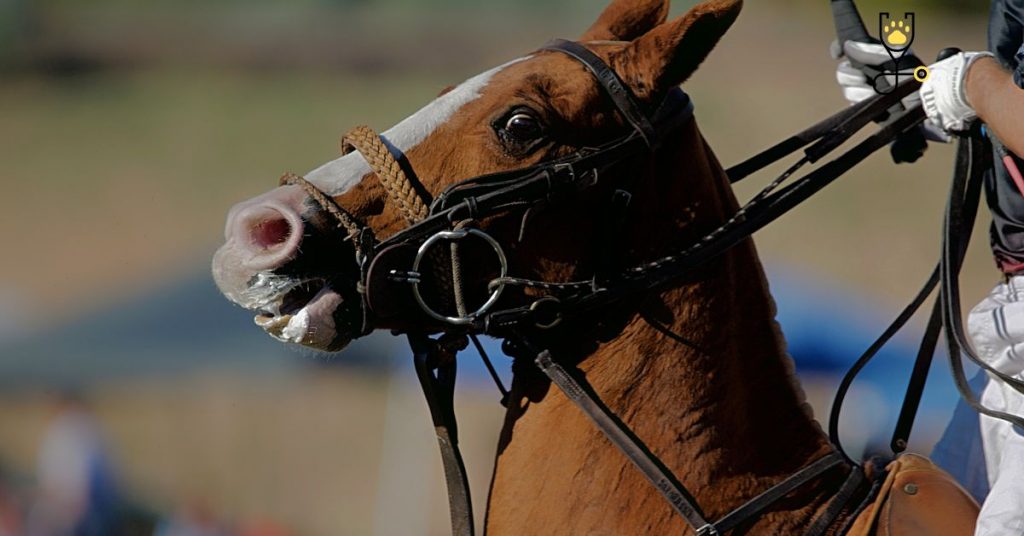
These are just a few examples of how lunging can be used as part of an effective training program for your horse. Utilizing the right combination of exercises and techniques can help you build a stronger relationship with your horse while allowing them to become more confident and comfortable in its abilities. Try out some of these ideas during your next lunge session – you might be surprised by what you discover!
Hope this helped! Let me know if there is anything else I can do for you 🙂
Conclusion
Lunging is a great way to build trust and confidence between horse and rider. By incorporating different exercises and techniques, you can help your horse reach its full potential. With consistent practice, you will notice huge improvements in your horse’s attitude and performance. So don’t be afraid to give lunging a try – it might just make all the difference! Good luck!
Frequently Ask Questions
Q: How often should I lunge my horse?
A: It is recommended to lunge your horse two or three times a week for 30 minutes, but this can vary depending on the goals and fitness level of your horse. When first starting out, you may want to limit lunging sessions to 20-25 minutes. Always make sure that you warm up and cool down your horse before and after each session.
Q: What are some common mistakes when lunging?
A: Some common mistakes include rushing through exercises or not allowing the horse sufficient time to learn and understand commands. Additionally, it’s important to be consistent with cues and corrections so as not to confuse the horse. Lastly, don’t forget to warm up your horse before and cool it down after each session.
Q: What safety measures should I consider when lunging?
A: It’s important to be aware of your surroundings, as there could be obstacles or distractions in the area that could cause a mishap. Additionally, wear appropriate clothing and footwear for your own safety and protection. Lastly, always make sure you have someone on hand who can help if needed.
Q: Can I lunge on a halter?
A: Yes, lunging with a halter is possible, but it’s important to make sure that the horse is comfortable and responsive in such an environment. It’s also important to use appropriate commands and cues when working with a halter. Additionally, never lunge at full speed or jump any obstacles with a halter as it could be dangerous for both the horse and rider.
Q: What are some tips for beginner lunge riders?
A: Firstly, always warm up your horse before each session and cool them down after. Secondly, start out slowly and gradually increase the difficulty of exercises over time. Thirdly, be consistent with your cues and corrections and make sure to always reward good behavior. Lastly, be patient and don’t rush your horse – they will learn in their own time.
Q: Can I lunge on a line or lead?
A: Yes, lunging on a lead or line is possible as long as you have a steady and secure hand. Ensure that the lead or line is not too long or too short so that your horse has room to move safely. Additionally, make sure you have control over the lead or line at all times and be aware of your horse’s body language and reactions.
